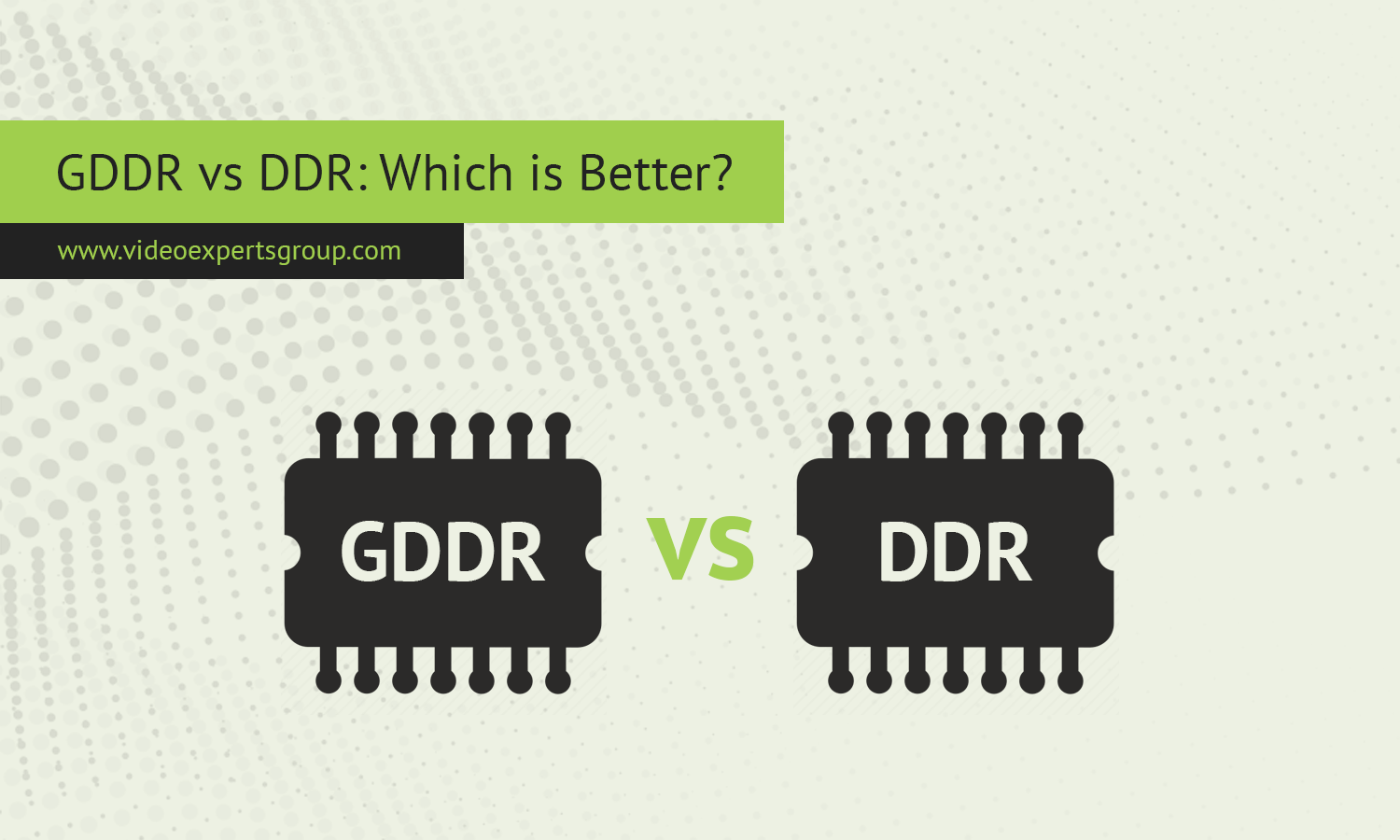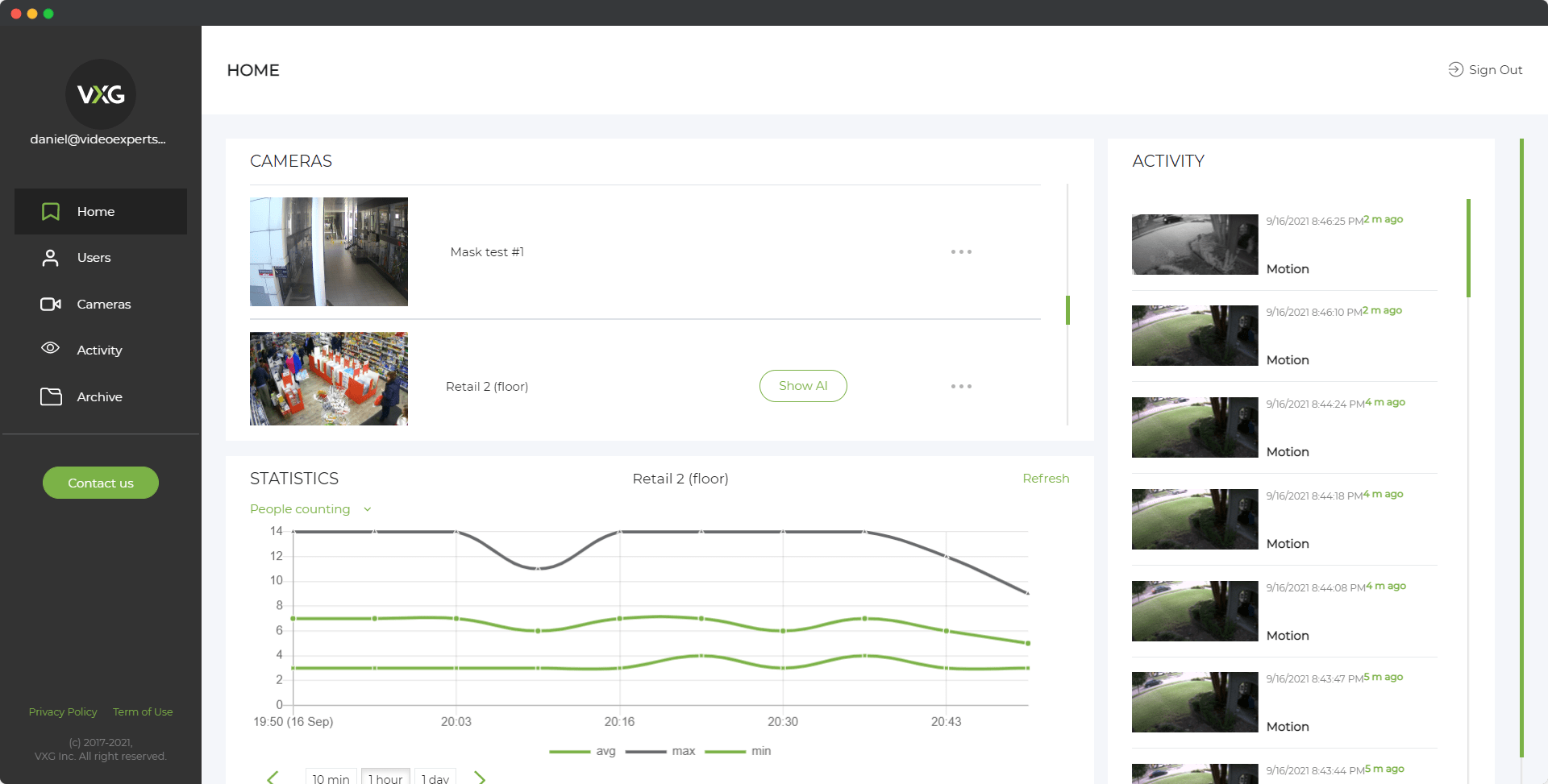When it comes to memory technologies in computers, GDDR and DDR are two of the most recognized names. While both serve as types of Random Access Memory (RAM), their applications and designs cater to different needs. Choosing between GDDR and DDR depends on the use case, whether it's for gaming, professional workloads, or general computing. This article explores the differences between GDDR and DDR, their advantages, and which is better for various scenarios.
What is GDDR?
GDDR, or Graphics Double Data Rate, is a type of RAM specifically designed for use in graphics cards. Its primary role is to handle the intensive graphical workloads required for gaming, video rendering, and 3D modeling.
-
Key Features of GDDR:
- High bandwidth to process large amounts of graphical data.
- Optimized for parallel data transfers, making it ideal for rendering images and videos.
- Low power consumption despite high performance, thanks to efficient energy management.
-
Current Versions:
GDDR has evolved over the years, from GDDR3 to the latest GDDR7, with each version offering increased bandwidth, reduced latency, and higher memory capacities.
What is DDR?
DDR, or Double Data Rate, is a general-purpose RAM used in computers for tasks like running applications, multitasking, and loading operating systems. Unlike GDDR, DDR is not specialized for graphics; instead, it provides the necessary memory for CPUs.
-
Key Features of DDR:
- Designed for lower bandwidth but greater versatility.
- Handles a wide range of tasks, from light web browsing to heavy multitasking.
- Low latency, ensuring quick access to data for the CPU.
-
Current Versions:
DDR has also evolved, with versions like DDR3, DDR4, and the latest DDR5, each improving in speed, capacity, and energy efficiency.
Differences Between GDDR and DDR
| Feature | GDDR | DDR |
|---|---|---|
| Purpose | Graphics-intensive tasks | General-purpose computing |
| Bandwidth | Higher for graphical workloads | Lower compared to GDDR |
| Latency | Higher latency | Lower latency |
| Energy Efficiency | Optimized for GPUs | Optimized for CPUs |
| Cost | More expensive | Generally more affordable |
Which is Better for Gaming?
For gaming, GDDR is unequivocally better. Graphics cards equipped with GDDR memory can handle the high-resolution textures, complex shaders, and fast frame rates required for modern gaming. GDDR6 and GDDR6X are common in high-end GPUs, providing the necessary bandwidth for immersive experiences.
Which is Better for Everyday Computing?
For general computing tasks like browsing, word processing, and streaming, DDR is the superior choice. It is more cost-effective and sufficient for the workloads handled by CPUs. DDR4 and DDR5 are currently the standards for modern desktops and laptops.
Is GDDR or DDR Better for Content Creation?
The answer depends on the type of content creation:
- For video editing, 3D rendering, and animation, GDDR is better because it accelerates rendering times.
- For general editing, coding, and office work, DDR is adequate as it provides the necessary speed and capacity for multitasking.
Cost Considerations
GDDR is more expensive than DDR due to its specialized design and higher performance. If you're building a PC on a budget, investing in a good DDR RAM for the CPU and a mid-range GPU with GDDR memory can strike a balance between performance and cost.
FAQ
By understanding the differences and use cases of GDDR and DDR, you can make an informed decision when upgrading or building your computer system. Each has its strengths, so the "better" option depends on your specific needs.
















